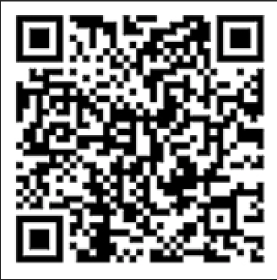One of the most attractive aspects of immigration to Canada for domestic applicants is the high quality and comprehensive teaching quality in North America. For new immigrants to Canada with their children and daughters, the problem of children's school entrance is often a headache.
The new immigrants lack the knowledge of the Canadian education system, the understanding of the type of school, and the judgment of the level of school teaching.
Jiaheng provides you with application services for school districts, contact colleges, assess your child's English level, and help you select the most suitable school for your child.
Introduction to Admission:
Children can enter primary school at the age of 6. Canada's junior high school and primary school together have nine grades, and high school from grade 10 to grade 12. The characteristics of Canadian primary and secondary education are quite different from those of eastern countries. It is mainly reflected in the grade allocation, teaching methods and educational ideas, and each proofreader also has a certain degree of autonomy and flexibility in the selection of textbooks.
Type of School:
Type of School:
There are three types of primary and secondary schools in Canada: public schools, church schools and private schools. Public schools are operated and regulated by provincial or local governments, funded by taxpayers, and parents only need to pay a small fee for school supplies and travel. Missionary schools refer to schools run by the Roman Catholic Church; Private schools are privately funded or run. The former two students can enjoy free education, which is a kind of welfare for the whole people; There is a tuition fee for the latter, and the price varies greatly among schools.


 Recommended Courses
Recommended Courses College Filter
College Filter Guardianship Services
Guardianship Services Home Stay Service
Home Stay Service Tax Refund Service
Tax Refund Service Insurance Services
Insurance Services Translation Notary Service
Translation Notary Service VIP One-stop Service
VIP One-stop Service Post-Graduation Work Permit
Post-Graduation Work Permit Co-op Work Permit
Co-op Work Permit Work Permit Exceptions
Work Permit Exceptions Spouse Work Permit
Spouse Work Permit Employer guarantee
Employer guarantee Transnational assignment
Transnational assignment Bridging Open Work Permit
Bridging Open Work Permit Temporary Entry
Temporary Entry Overseas student immigration
Overseas student immigration BCPNP Tech Pilot
BCPNP Tech Pilot Overseas Employer Sponsored Immigration
Overseas Employer Sponsored Immigration Education & Immigration News
Education & Immigration News Life Style
Life Style